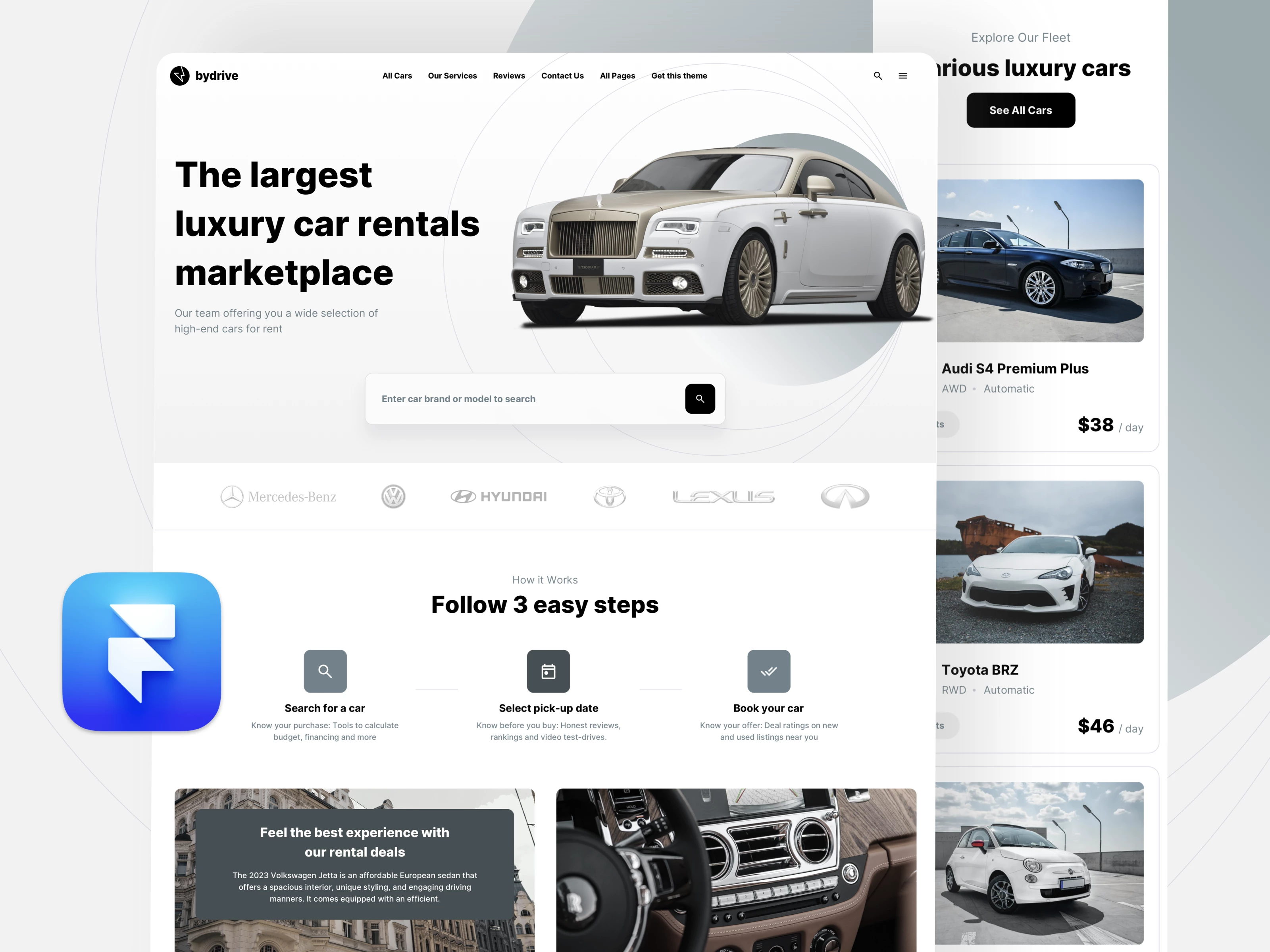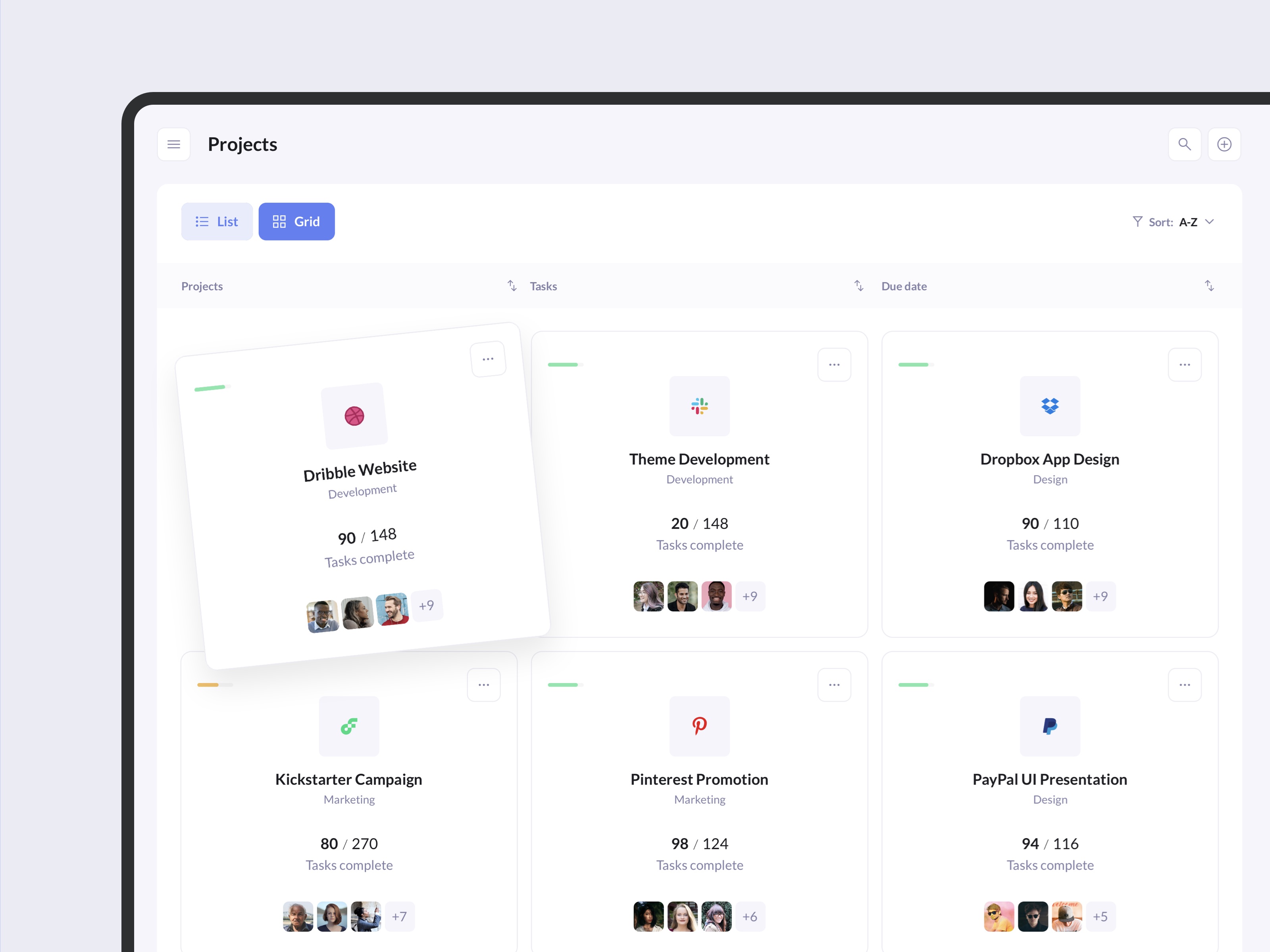While numerous companies tout their customer-centricity, a closer examination often reveals a lack of processes that consistently provide genuine customer value. The growing effort by major companies to embed design within their operations has fueled the widespread adoption of terms such as "design culture," "design-led organizations," and "design-driven organizations.
Design culture goes far beyond simply hiring a chief design officer. It's a foundational truth and internal framework that empowers any company, not just design-centric ones, to boost competitiveness and craft superior user experiences. In this article, we'll explore what design culture entails, why it's crucial, and how you can cultivate it within your organization.
What is a design culture?
Design culture defines a work environment where design thinking is paramount and user experience is a top priority. Organizations with a strong design culture are dedicated to crafting experiences that genuinely add value to their users' lives.
To understand their users deeply, design-driven companies employ ethnographers and cultural anthropologists. These "empathy sleuths" conduct one-on-one interviews, shadow shoppers, and perform "follow me homes" to observe, listen, and learn how people truly interact with products. They then map out customer decision journeys to uncover motivations, pain points, and opportunities for creating delightful experiences.
Design culture places design at the forefront of your organization, guiding everything from strategy to execution. It means all employees, leaders, and staff not only grasp the value of design but actively use it to deliver seamless user experiences.
When design (graphics design, UI design, product design, etc.) is a core value, it becomes a unifying focal point for all teams and stakeholders. In a design-led company, every question posed (and there will be many!) can be answered by simply measuring its alignment with your design-based value system.
Why a design culture is important outside of just design
Cultivating a design culture can profoundly benefit your organization. A 2016 study by Forrester Research Consulting investigated this, analyzing enterprises across the U.S., UK, France, Germany, South Korea, Australia/New Zealand, and Japan to determine if design-led cultures offer a quantifiable business advantage.
The results of the study illustrate just how much a strong design culture can impact an organization:
- 70% had digital experiences that outpaced the competition.
- 50% had more loyal users.
- 46% had a solid overall competitive advantage.
- 41% had a higher market share.
Design-driven organizations are typically proactive, actively seeking out and addressing future problems rather than passively reacting to them. This forward-thinking approach is a direct result of their foundational values, which emphasize collaborative problem-solving, experimentation, empathy, and in-depth user research.

How to build a design culture
There are several effective approaches to building a design culture. Some organizations, like Dropbox, opt for a centralized design team that functions as an internal consultancy, moving between projects. Others embed designers directly within every product team. Still, some companies, following Airbnb's example, assign a dedicated product manager to each team whose sole focus is advocating for user interests.
IDEO defines a robust design culture by five characteristics:
- Constant curiosity means everyone in your company is always asking questions, and you have systems to use data to inform their answers.
- Frequent experimentation means employees are constantly exploring diverse solutions, leading to more successful launches.
- Cross-team collaboration fosters an environment where different teams, regardless of vertical, comfortably work together, breaking down silos. Tools like Freehand further facilitate this by enabling joint efforts on wireframes, plans, and design presentations.
- Intentional storytelling ensures ideas don't get lost in inter-team back-and-forth. Instead, assign ownership to someone—a project lead, design lead, or passionate team member—whose role is to craft compelling narratives that build momentum and excitement.
- Generating a wealth of ideas is a daily practice within your organization, enabling rapid iteration and feedback. This continuous ideation also ensures you're constantly refining your product delivery methods.
One truth is undeniable: efforts to build a design culture will falter without leadership's genuine commitment to design. When C-level executives are passionate about crafting superior user experiences, they set a powerful example that inspires widespread engagement. The very existence of a "Chief Design Officer" signals that design influences your organization's highest-level decisions.






